Bit by brick is the long and short of Lego’s marketing
Despite hitting marketing gold by having its own TV show, the world of a Lego marketer is still filled with all sorts of complexities when dealing with a split demographic of consumers.
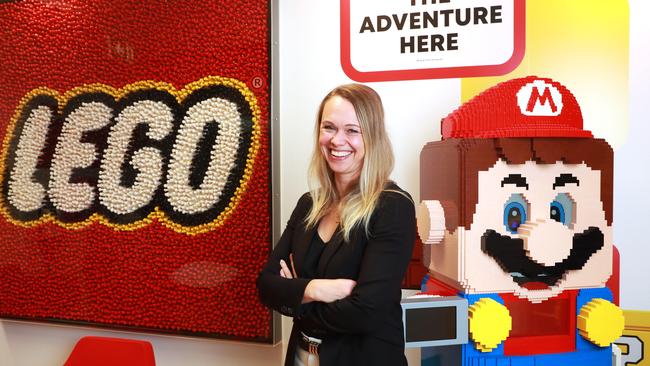
Despite hitting marketing gold by having its own TV show, the world of a Lego marketer is still filled with all sorts of complexities when dealing with a split demographic of consumers.
The brand’s Australia and New Zealand’s senior director and head of marketing Angie Tutt explains that its advertising efforts need to speak effectively to children, its primary consumers, with the greater challenge being around the parents or grandparents who typically buy the product.
Working with two separate target markets of kids and adults – plus having to be hyper aware around online environments when advertising to children – is no mean feat.
“It’s quite complex here at Lego, there is no one [marketing] formula. We have two different audiences around the Lego brand, and that makes us very different in a lot of ways in the toy industry,” said Ms Tutt.
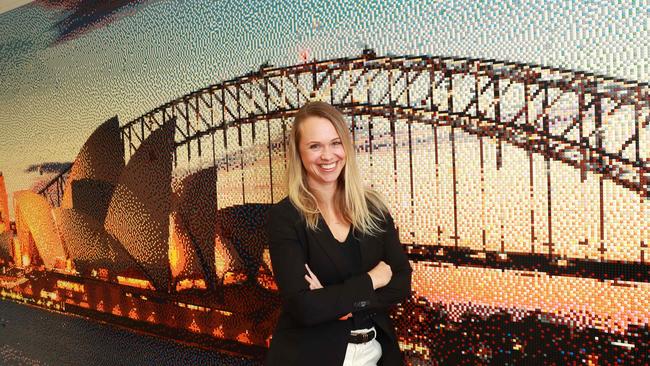
How Lego speaks to its consumers and buyers changes too, only adding to the complexity.
“We have to make sure we speak to the children in one way that’s playful, humorous and connects with them based on trends. With the parents it’s a more simplified approach – the message for parents is that Lego is fun and helps with creativity, but also has a developmental side.”
The affinity level of the consumer from a regular Lego builder to someone who is just starting out also affects targeting.
Couple this with roughly 30 different marketing campaigns and tactics going on at Lego Group ANZ, and Ms Tutt certainly has her job cut out for her – or rather built out.
Ms Tutt says on top of this, having to connect with an audience who are typically so far ahead of anything it’s hard to pin them down, can also be a challenge.
“As a marketeer, I need to understand what my audience is loving or isn‘t liking, and what children are talking about,” said the Sydney-based exec who has been at Lego for nearly 13 years.
“I try not to be in the moment but instead stay ahead of the curve. It’s one of the hardest things anyone in marketing has to do, you’re almost trying to tell the future, and no one can do that.”
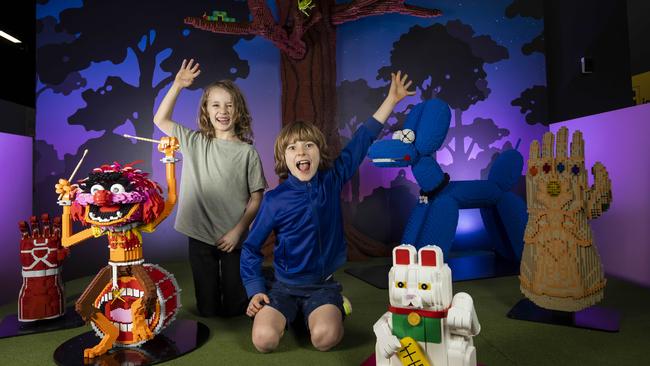
With “bricks in hands” being a key marketing goal, one of the best ways to do that – without having to be able to tell the future – is by working with new partners and in new spaces.
Ms Tutt said there were several new partnerships on board in 2023, which will join the likes of Disney, Warner Bros, Nintendo, Adidas and Formula One.
“It’s about finding those right partnerships to keep ahead of the curve, and how the values of those partners connect with our brand.”
Off the back of launching Bricktionary: The Interactive Lego brick exhibition that opened at Melbourne Museum on Saturday, she said Lego would also up the ante around holding more experiential events.
On where the ad dollars are going, the theme will often dictate the best source for marketing dollars. Out-of-home and TV ads are typically the go to for new products being launched, but for its loyal and engaged fans, ad spend is likely to go towards below-the-line advertising efforts such as digital media.
However, there’s no better marketing tactic than an entire tentpole show about your product. Since first airing in 2017, Lego Masters on Channel 9 has been a major hit across the country, with episodes often hovering around the one million viewer mark on the nights it airs.
A collaboration between Lego and Endemol Shine, the show’s production was facilitated by Lego Group to ensure all aspects of the show and its publicity adhered to Lego brand guidelines. Wherever possible, Lego provided incremental marketing support to drive awareness for the show and build enthusiasm for the Lego brand during the show’s airing.
Remaining tight-lipped on how the show affected local sales, Ms Tutt admits it has helped drive strong consumer sales “globally”, while also presenting the group with unique opportunities to explore marketing innovations through branded entertainment.
Lego, whose blocks originated in Denmark and which now produces about 100 billion bricks each year, celebrated its 90th birthday last month. In Denmark, celebrations involved a 94,128-piece birthday cake and locally, 20 life-size Lego Minifigures took over Darling Harbour‘s precinct on World Play Day last month.
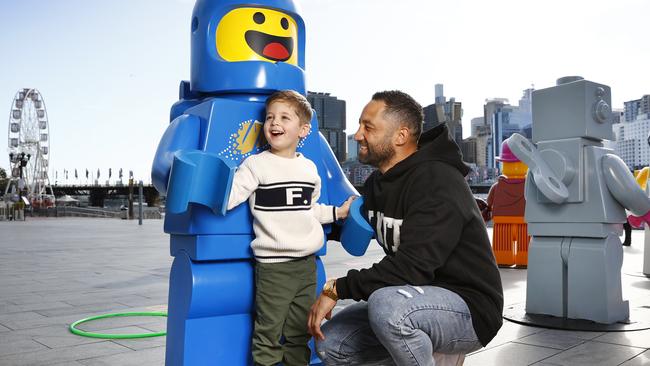
The brand is working on campaigns for Lego City, Lego Friends, Lego Duplo and is deep into Christmas campaign planning.
While it has its own marketing calendar, it remains connected to the global Lego marketing plans, with Ms Tutt adding she doesn’t believe Lego would have reached its 90th anniversary in Australia if it didn’t balance global marketing with local efforts.
“On our global marketing outlook, there are a lot of things that are very relevant to the children in Australia that global Lego produces, and a lot of global advertising we can use,” said Ms Tutt.
She said using global Lego messaging spoke to having a coherent, unified and simple message, especially when it comes to reaching parents – adding that tapping global marketing locally is “the right thing to do” and speaks to marketing efficiency too.
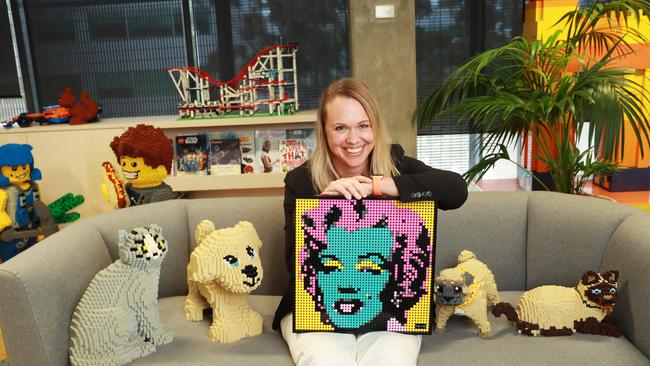
“Parents are very short on time, and you don’t want the messaging to be too complicated. You want to connect with them as quickly as you can, and in the right way,” she said.
In addition to many campaigns in market, Ms Tutt says it’s definitely not easy to balance short- and long-term marketing.
“To me, short term is technically more about the conversion in the sales, whereas long term is that brand loyalty. You have to try and remember both,” she said.
“Marketing takes a good two to three months to really get a response, so on a daily basis, we‘re balancing short-term and long-term marketing.”
Ms Tutt said Lego Group looked at short-term sales to see what was peaking and the products kids were interacting with the most, and took those learnings into long-term projections.


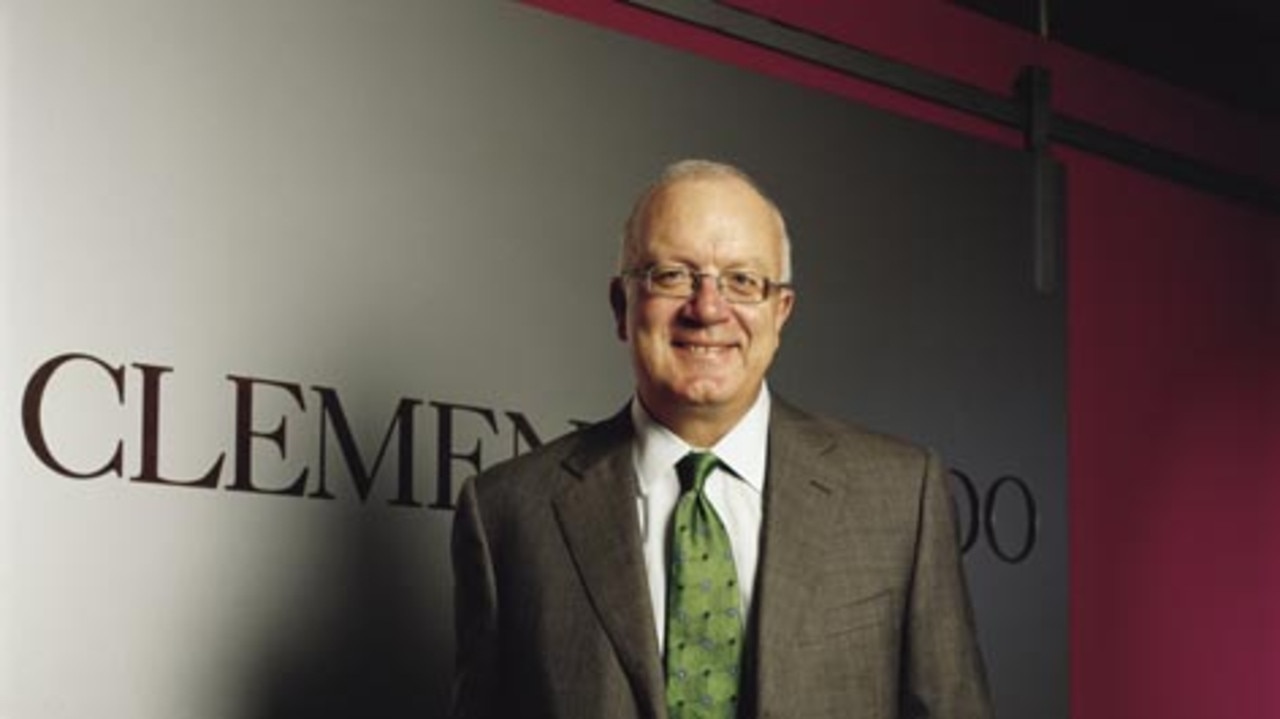
To join the conversation, please log in. Don't have an account? Register
Join the conversation, you are commenting as Logout